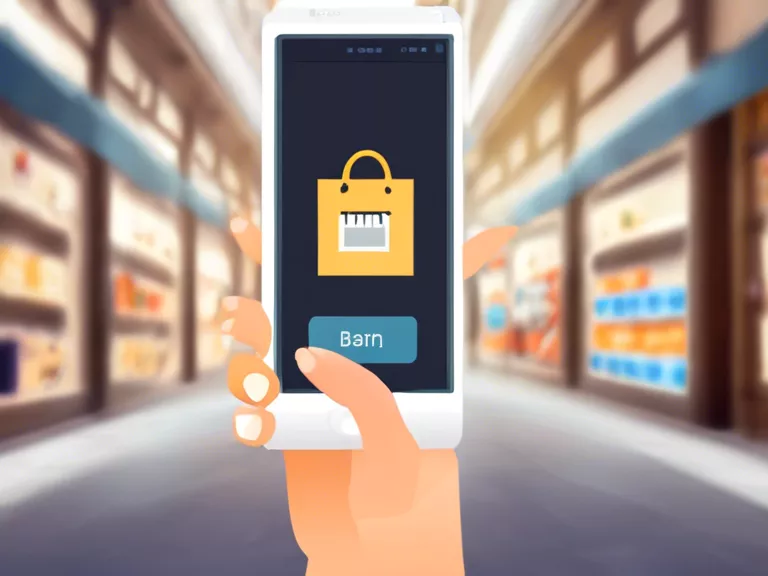
Mobile apps are revolutionizing the way consumers interact with both e-commerce and brick-and-mortar stores. This article explores the ways in which mobile apps are bridging the gap between these two shopping experiences, improving convenience and personalization for shoppers.
In today's fast-paced society, convenience is key. Mobile apps have made it easier than ever for consumers to shop from the comfort of their own homes. With just a few taps on their smartphones, shoppers can browse through thousands of products, read reviews, compare prices, and make purchases – all without ever leaving their couch. This convenience has led to a surge in online shopping, with more and more consumers turning to e-commerce platforms for their shopping needs.
However, the rise of e-commerce has not spelled doom for brick-and-mortar stores. In fact, mobile apps are helping to bridge the gap between online and offline shopping experiences. Many retailers have developed their own mobile apps, offering customers the best of both worlds – the convenience of online shopping and the instant gratification of in-store purchases. These apps often include features such as store locators, personalized recommendations, and in-app promotions, making the shopping experience more seamless and enjoyable for consumers.
One of the key ways in which mobile apps are bridging the gap between e-commerce and brick-and-mortar is through the use of mobile payments. Many retailers now allow customers to make purchases directly through their mobile app, eliminating the need to wait in line at the checkout counter. This not only saves time for shoppers but also reduces friction in the purchasing process, leading to higher conversion rates for retailers.
In conclusion, mobile apps are playing a crucial role in bringing together the worlds of e-commerce and brick-and-mortar retail. By offering consumers convenience, personalization, and seamless shopping experiences, mobile apps are helping to create a more integrated and efficient shopping ecosystem for both retailers and customers.



